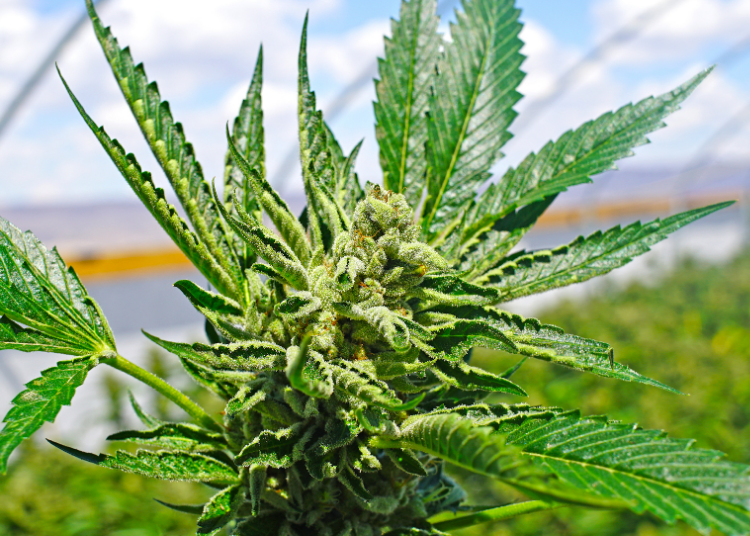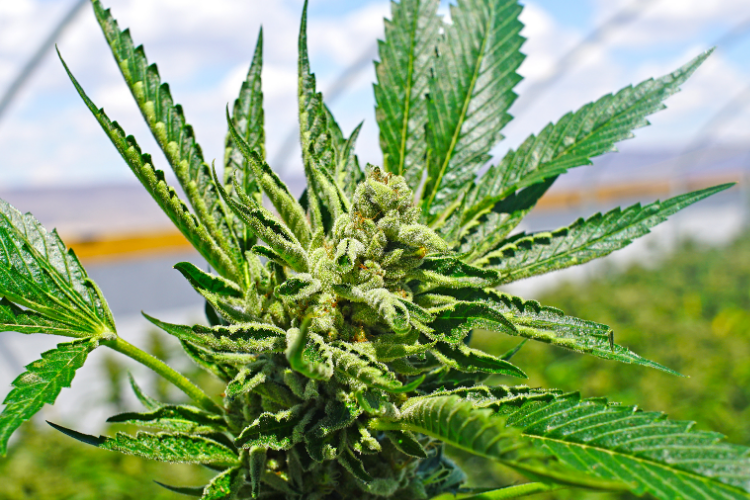Imagine a country where cannabis is legal in many states, yet police still lock up thousands for it. That’s the stark reality shown in the FBI’s latest crime report, with over 200,000 marijuana arrests in 2024 alone. This eye-opening data raises big questions about reform and enforcement. What’s driving these numbers, and why do they persist?
The FBI’s 2024 Uniform Crime Reporting data paints a clear picture. Nearly 188,000 people faced arrests for marijuana possession last year, while about 16,000 got booked for selling or growing it. That’s a total of more than 204,000 arrests tied to cannabis.
These figures come from reports by law enforcement agencies across the nation. The data covers crimes reported to the FBI, representing about 95.6 percent of the US population. It’s based on over 14 million offenses logged in the system.
Compared to 2023, there’s a small dip. Possession arrests fell from 200,306 to 187,792. Sales and manufacturing busts dropped from 16,844 to 16,244.
This slight decline might signal shifting attitudes. But experts warn the numbers could be low due to reporting gaps. Some agencies don’t fully share data, so the true count might be higher.
Many of these arrests happen in states where cannabis remains illegal. Yet even in places with legal markets, possession charges stick for those breaking rules like limits on amounts.
Why These Arrests Keep Happening
Dig deeper, and you see the human side. Marijuana arrests make up over 20 percent of all drug-related busts nationwide, according to the FBI. That’s huge, especially with 24 states allowing recreational use and 40 permitting medical cannabis.
One reason? Federal law still lists marijuana as a Schedule I drug. This clashes with state laws, creating confusion for police.
Take a look at enforcement trends:
- Possession charges dominate, often for small amounts that ruin lives with fines or jail time.
- Sales arrests target underground growers, even as legal farms boom.
- Racial disparities persist; studies show Black and Latino people face higher arrest rates.
The Drug Enforcement Administration added to this in 2024. They seized over five million cannabis plants and made nearly 6,000 related arrests. Most came from illegal operations.
This enforcement drains resources. Police spend time on pot cases that could go toward violent crimes. The FBI’s broader report shows violent crime dropped 4.5 percent in 2024, with murders down nearly 15 percent.
Yet cannabis busts continue. Why? Some say it’s about old habits in law enforcement. Others point to profits from fines and seizures.

Impact on Everyday Lives
These arrests hit hard. A simple possession charge can block jobs, housing, or loans. Families get torn apart, and communities suffer.
Consider the numbers in context. In 2023, the FBI reported over 200,000 cannabis arrests too. The pattern holds, even as public support for legalization grows.
Here’s a quick breakdown of 2024 FBI drug arrest stats:
| Category | Arrests |
|---|---|
| Marijuana Possession | 187,792 |
| Marijuana Sales/Manufacturing | 16,244 |
| Total Marijuana-Related | 204,036 |
| Share of All Drug Arrests | Over 22% |
This table highlights how cannabis drives the drug war. Advocacy groups like Marijuana Moment note the data’s flaws, but it still shows enforcement’s heavy hand.
People caught up in this often face lasting scars. One arrest can lead to lost opportunities for years.
States like Oklahoma push back with ballot measures for legalization. Federal officials discuss rescheduling cannabis, which could ease tensions.
Broader Trends and Future Outlook
Looking ahead, change might come slow. The FBI data ties into bigger crime drops. Property crimes fell 8.1 percent in 2024, per the report.
But marijuana enforcement bucks the trend. It’s a holdover from decades of strict drug policies.
Advocates argue for full decriminalization. They say it would cut arrests and boost economies through taxes.
Critics worry about health risks, like impaired driving. Yet data shows legal states often see fewer teen use rates.
The DEA’s 2024 seizures underscore illegal markets’ size. Over five million plants gone, but demand persists.
This tension affects voters. In elections, cannabis reform sways decisions in key states.
As a journalist with 25 years covering justice issues, I’ve seen policies evolve. This data reminds us progress is uneven. Real people pay the price while debates rage.
The FBI’s 2024 report exposes a persistent problem: over 200,000 marijuana arrests in a nation moving toward acceptance. It highlights the gap between law and reality, urging us to rethink priorities for fairer enforcement.




